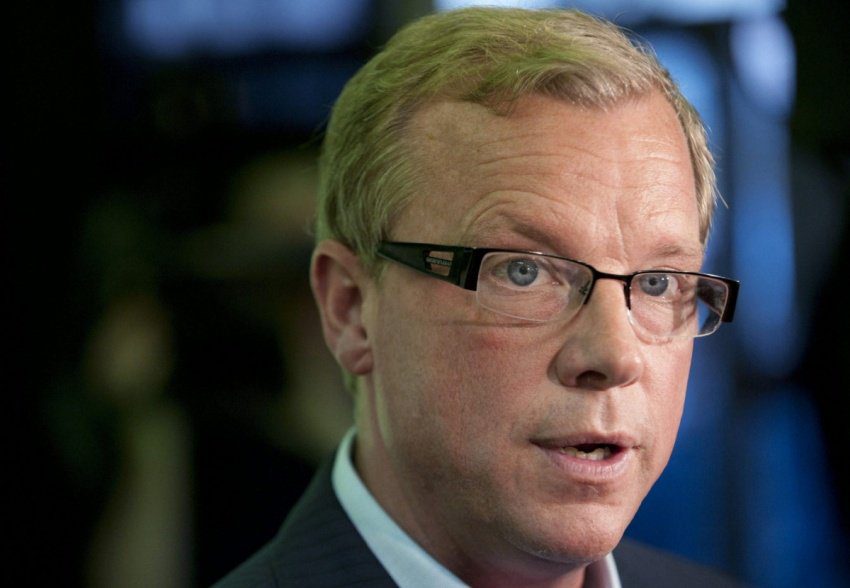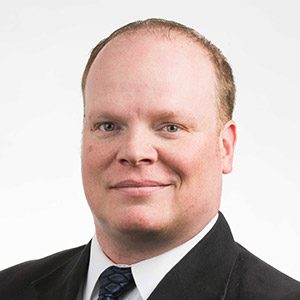When the New Democratic Party (or its predecessor, the CCF) established itself as a governing force in a province, partisans to their right usually reacted by uniting in order to keep the socialist hordes at bay.
In British Columbia, the BC Liberals are the "free enterprise coalition", a coalition of liberals and conservatives designed to keep the NDP out of power. First established in the 40s to stop the ascension of the CCF, the coalition split before the 1952 election to the benefit of the Social Credit. The Socreds were then the new right-wing coalition until its demise in 1991 at the hands of Mike Harcourt's NDP. This resulted in the resurgence of the BC Liberals, uniting the right under Gordon Campbell to wrestle power away from the NDP and keep it for 16 years.
More recently in Alberta, worried by Rachel Notley's NDP success and her campaigning skills, the Wildrose Party and the Progressive Conservative Party successfully negotiated a merger to attempt to defeat the NDP in the next election. This despite the fact that every single poll since the 2015 election, with one exception, had the NDP trailing the Wildrose or the Progressive Conservatives. Or both. But why take a chance?
In Saskatchewan, a party was established in 1997 by a coalition of former provincial Progressive Conservative and Liberal party members and supporters who sought to remove the NDP from power. At the time, the NDP had won two majorities in a row. The CCF/NDP, in fact, had governed the province for 37 of the preceding 53 years, interrupted by Ross Thatcher's Liberals in the 50s and by Grant Devine's Progressive Conservatives in the 80s.
The PC brand was badly damaged by scandals and mismanagement. The Liberals, despite forming the Official Opposition under Lynda Haverstock in 1995, were not seen as a sustainable option to defeat the NDP, even by their own MLAs. Four Liberal Members of the Legislative Assembly joined forces with four MLAs from the Progressive Conservative Party. Lo and behold, the Saskatchewan Party was born.
Premier Roy Romanow derisively called them the SaskaTories, in the hopes to stick Devine's legacy to them. Romanow also predicted that the Sask Liberals would endure. They survived long enough to split the vote for two more elections, allowing the NDP to stay in power. Still, after two elections, the Saskatchewan Party was solidly established as the main other contender for power against the NDP.
When the Saskatchewan Party turned to Brad Wall, acclaimed as the new party leader in March 2004, it was the beginning of the end of an era for the NDP. In the 2007 election, Brad Wall was able to fully unite the anti-NDP vote and led his party to three consecutive election victories, something that no other party other than the CCF/NDP had achieved since the Liberal party won their sixth consecutive term in 1925.
This leads some commentators to exclaim that Brad Wall's legacy was to break the back of the New Democratic Party in Saskatchewan. Not so fast. While it is true that the Saskatchewan Party under Brad Wall took more than 50 per cent of the popular vote in each of the contests, the NDP never fell under 30%. And one of the main reasons Brad Wall is leaving provincial politics is precisely because the NDP's backbone is solid and that his own popularity is tanking because people know there is an alternative.
A Mainstreet Research poll in May was pegging the leaderless NDP with 49% of the popular support, largely ahead in Regina, ahead in Saskatoon and tied in Saskatchewan's rural areas. In June, Angus Reid had a different read of the rural areas, with the NDP trailing by 27 points, but still comfortably ahead in both Saskatoon and Regina.
With these numbers, the writing was on the wall for the sitting premier. "Saskatchewan needs renewal, a fresh perspective in leadership," Wall said during the news conference announcing his departure on Thursday. He also said the province would benefit from a new voice and energy.
The problem is, there are no obvious candidates lining up to replace him. Names are being thrown around Kevin Doherty, Gordon Wyant, Tina Beaudry-Mellor, Dustin Duncan, Jim Reiter, etc.. but nobody with Wall's stature. For the Saskatchewan Party, it means there will be no acclamation of a new Leader, which is probably a good thing. It also means soul-searching and divisive debates, with no clear path forward and a big orange bus in its rear-view mirror.
Thankfully for the Sask Party, the orange bus doesn't have a full-time driver yet as the NDP won't have a Leader in place for another 9 months. The Opposition won't be able to benefit from the vacuum to promote its new leader. So far, only Ryan Meili, the popular MLA for Saskatoon Meesawin, has thrown his hat in the ring. It is a 3rd attempt to win the NDP crown for the physician, who finished second in both the 2009 and 2013 NDP leadership races. But now that the Premiership is literally in play, it wouldn't be surprising to see others give it a try.
Trent Wotherspoon resigned in June as interim leader in order to reflect and consider seeking the permanent leadership of the party. His thinking will probably be easier now. Other MLAs, like Carla Beck, Danielle Chartier and Warren McCall could also decide to jump in.
Two leaderless parties in a very competitive province. All bets are off.
Photo Credit: National Observer






